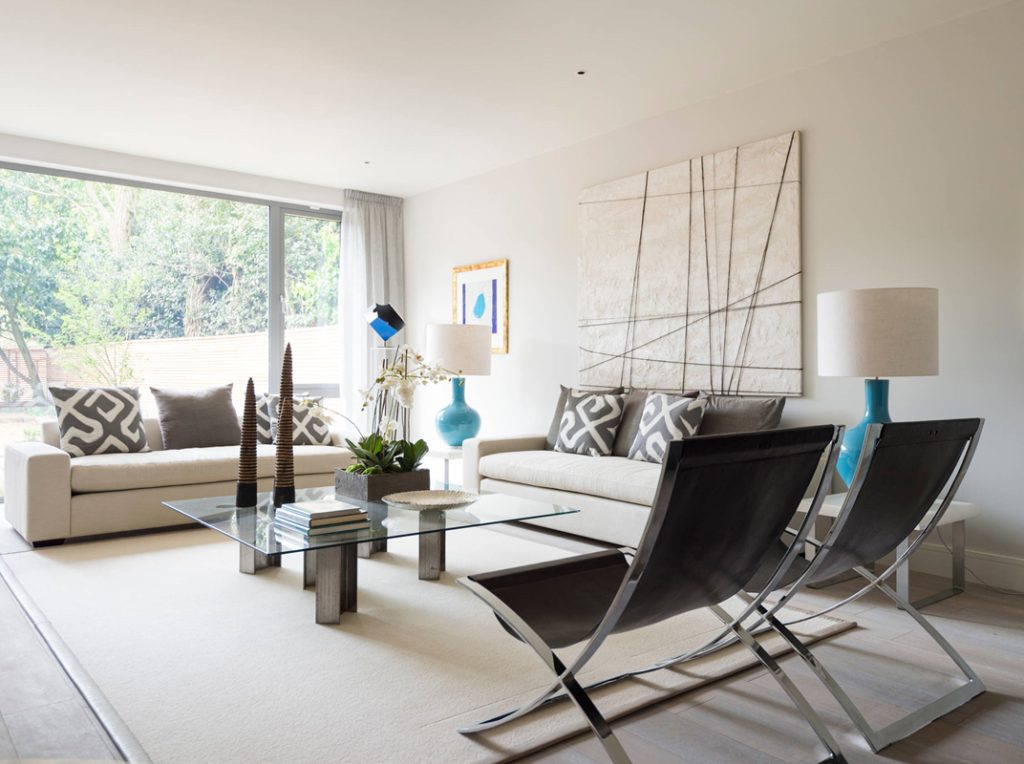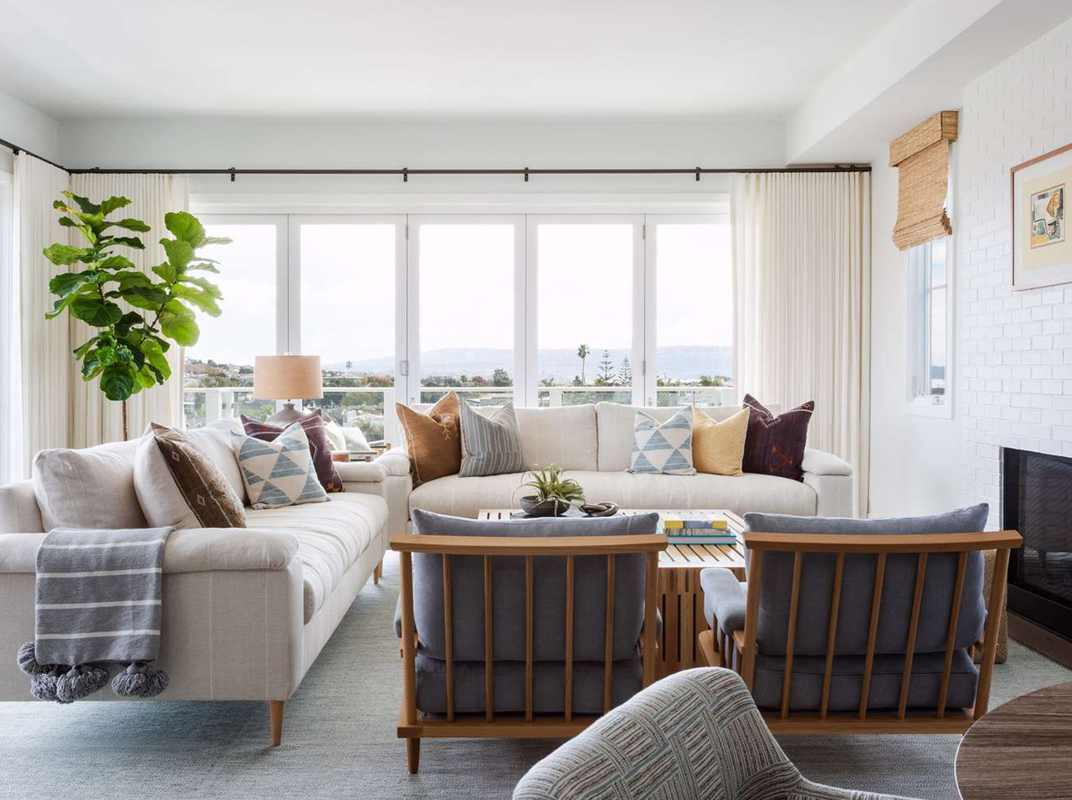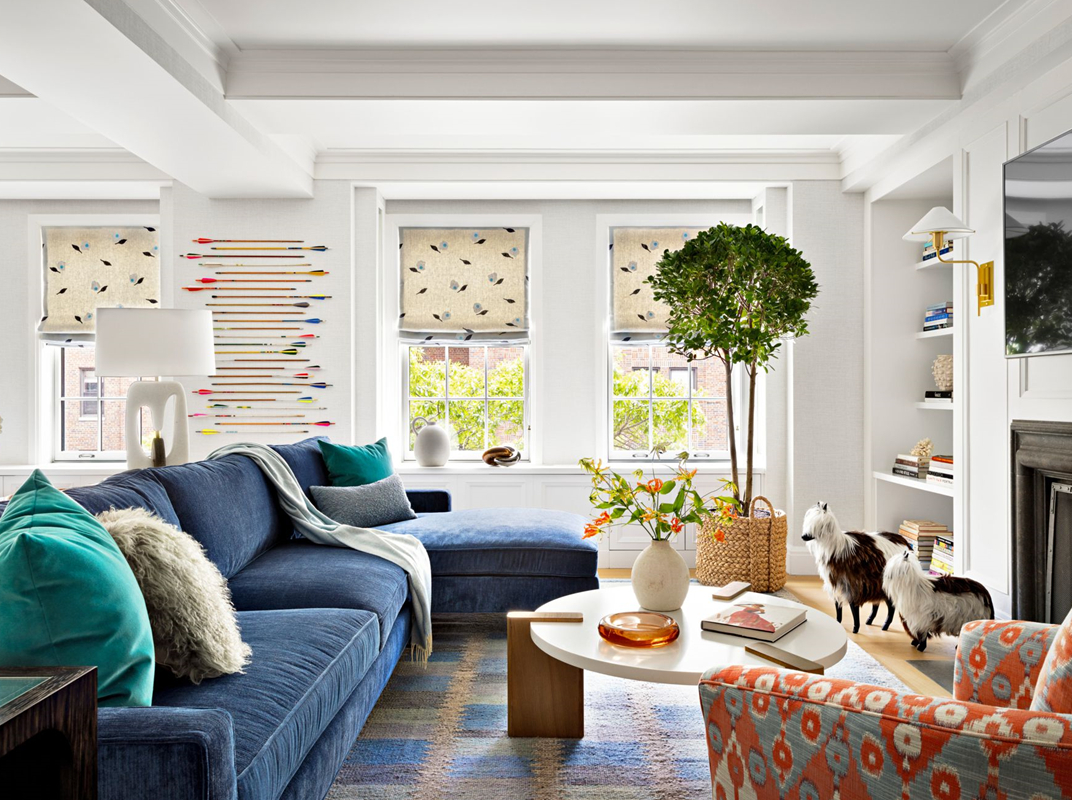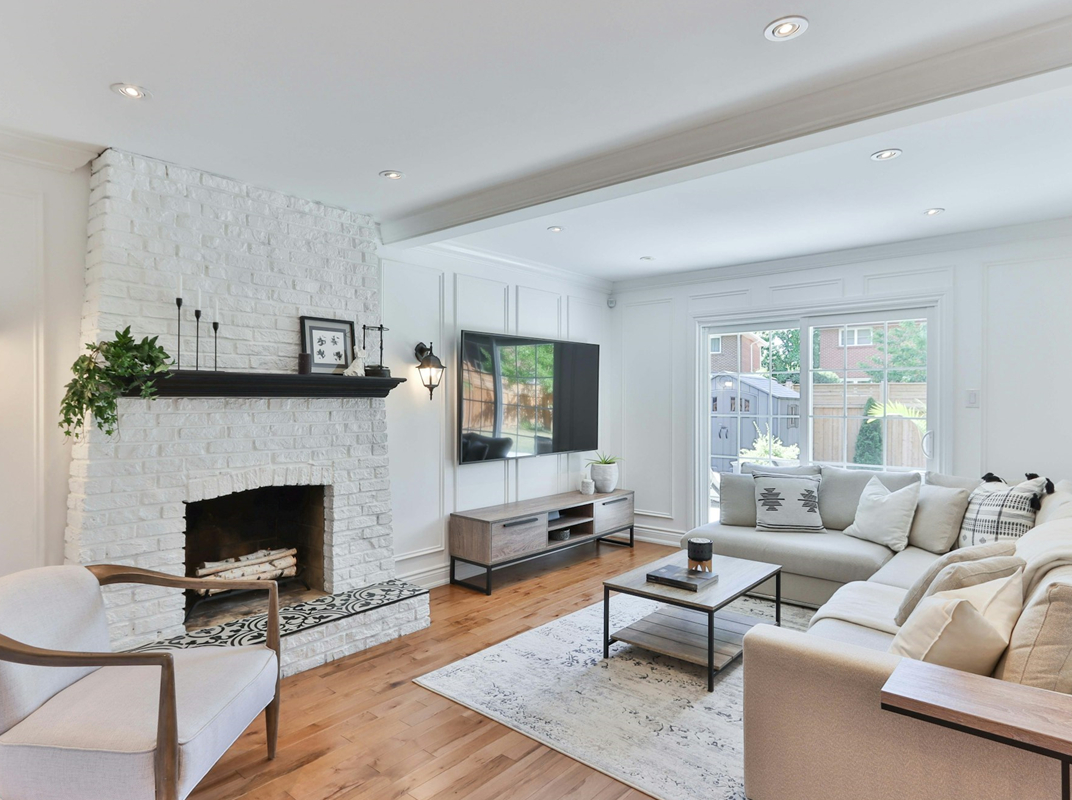Comfort is non-negotiable, rooted in tactile details that invite touch. Plush sofas with soft, durable fabrics—like linen or velvet—encourage people to settle in, while throw pillows in varying textures (knit, faux fur, cotton) add layers of coziness. A thick area rug cushions footsteps, making the room feel soft underfoot, especially in spaces with hardwood or tile floors. Even small touches, like a weighted blanket draped over an armchair or a knit basket holding extra cushions, signal that the space is meant to be used and enjoyed.
Lighting sets the mood, avoiding harsh brightness in favor of warmth. Soft overhead lights with dimmer switches allow for easy adjustment, while table lamps with fabric shades cast a gentle glow in corners. Natural light is maximized with sheer curtains that filter sunlight without blocking it, making the room feel airy during the day. In the evening, string lights or a floor lamp beside a reading chair add a cozy ambiance, turning the space into a retreat after dark.

Personal touches infuse the room with character, making it feel unique to those who live there. Framed photos of loved ones, artwork that reflects hobbies or travels, and plants that add life (like a low-maintenance snake plant or pothos) tell a story without cluttering surfaces. A shelf of well-loved books or a vintage record player adds nostalgia, creating conversation starters that make guests feel at home.
Balance ties it all together. The room avoids extremes—neither overly sparse nor cluttered—with furniture scaled to the space. A small loveseat in a compact room feels more inviting than a bulky sectional, while a large room benefits from a mix of seating options to create intimate nooks. Colors lean warm and muted, with pops of personality in accents like a bold rug or vibrant artwork, ensuring the space feels cohesive without being monotonous.
A welcoming living room is ultimately about feeling seen and comfortable, a space that adapts to moments of quiet solitude and lively connection alike.



